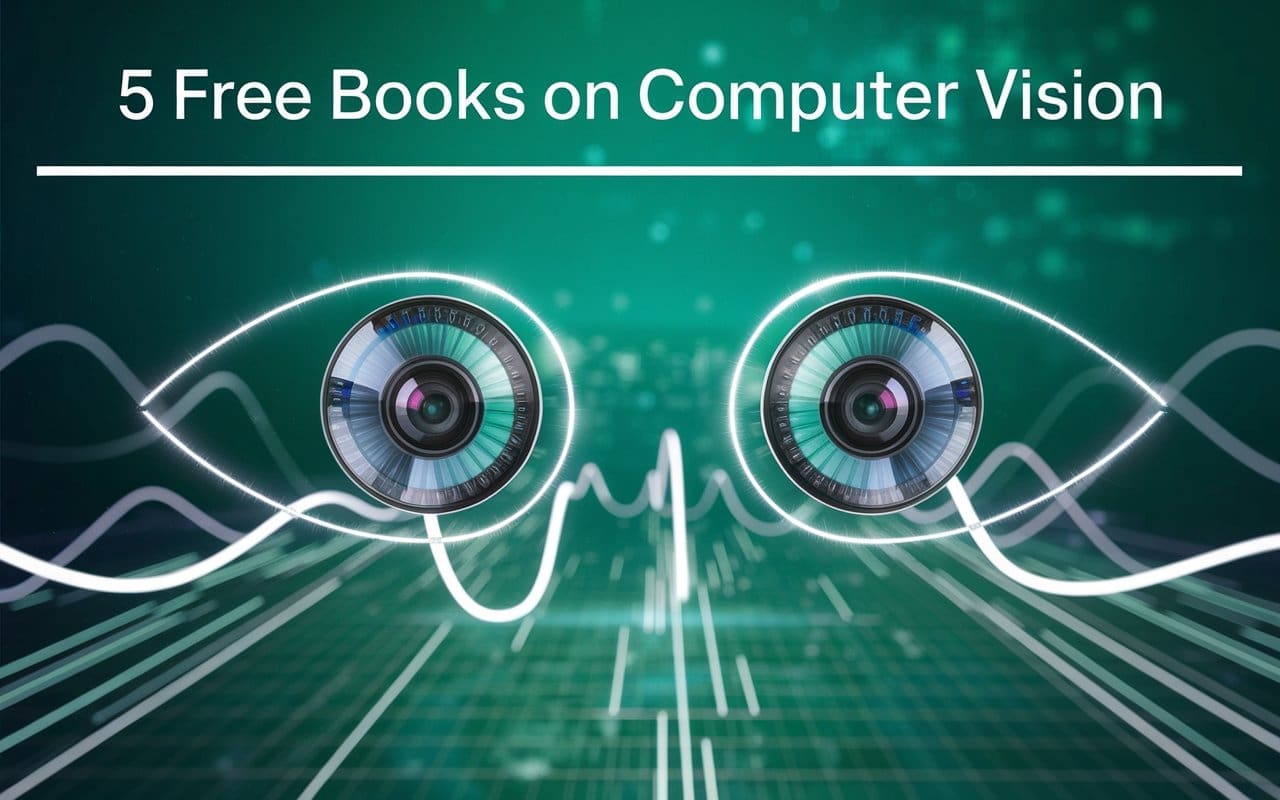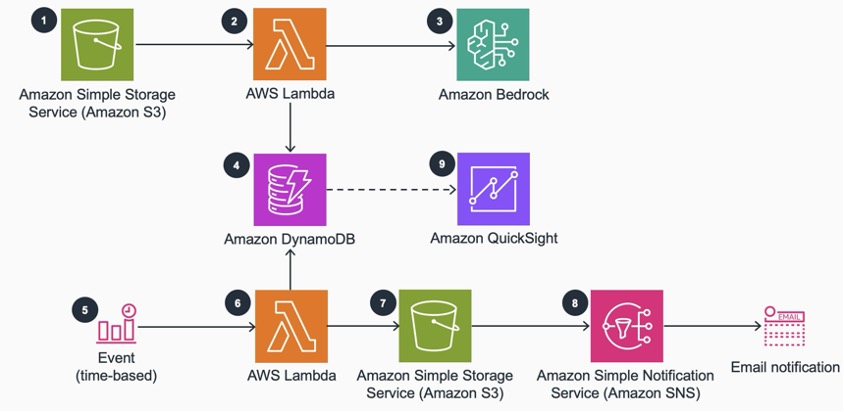Image by Author | Ideogram
5 Free Books on Computer Vision
Computer vision is a branch of Artificial Intelligence (AI) that studies how machines can interpret and understand visual information, such as images and videos. Most computer vision models today are based on deep learning architectures like Convolutional Neural Networks (CNNs), which excel at tasks such as image classification, object detection, and segmentation. However, the necessary fundamentals to deeply understand the field date back to earlier times.
To help you master this vastly applied area of AI, this post lists five books you can read at no cost: classic texts for acquiring the theoretical foundations and learning conventional techniques, and more recent ones covering advanced models like deep neural networks.
1. Computer Vision: Algorithms and Applications (R. Szeliski)
This computer vision book published by Springer can be purchased at major online stores. Nonetheless, it can be downloaded from the author’s website at no cost for personal use only. Spanning over 1200 pages, this is a key resource in the field of computer vision, covering an ample array of topics and applications: object recognition, image processing, 3D reconstruction, motion analysis, and more.
2. Computer Vision: Models, Learning, and Inference (S.J.D. Prince)
A classic reference text available to download here, it provides a comprehensive introduction to computer vision, underlining core concepts of models and machine learning techniques used in most computer vision systems. It also covers an in-depth introduction to probabilistic and graph models, key to many computer vision approaches.
3. Computer Vision: Foundations and Applications (Stanford course notes)
This excellent compilation made by Rankay Krishna puts together the lecture notes from Stanford University’s namesake course. A more concise but exhaustive reading focused on demystifying concepts and definitions in the field. The pdf version can be accessed at Stanford’s vision department here.
4. Programming Computer Vision with Python (J.E. Solem)
This book under the Creative Commons License shifts the focus to the practical implementation of computer vision systems in Python, using traditional approaches and libraries. From page 1, it dives into Python-based examples for image processing, followed by a variety of applications like augmented reality, image clustering, and image classification. The book covers traditional computer vision techniques without neural networks and deep learning architectures involved, focusing instead on math, geometry, and classical machine learning approaches.
5. Deep Learning, MIT Press (I. Godfellow et al.)
The well-known Deep Learning book published by MIT Press cannot be downloaded for distribution in PDF format, but its chapters are publicly available for reading in HTML format on the book’s website. Although not solely focused on computer vision, the book provides essential chapters to understand modern vision systems based on CNN architectures (chapter 9), computer vision applications (chapter 12), and probabilistic modeling of unstructured data like images (chapter 16), to name a few. These chapters are an ideal follow-up for advanced readers, after acquiring the foundations of computer vision through previously listed books.



